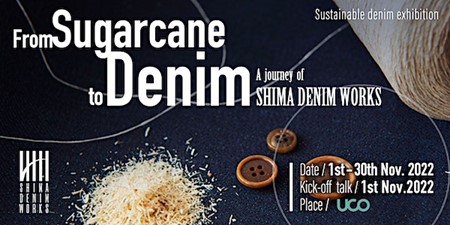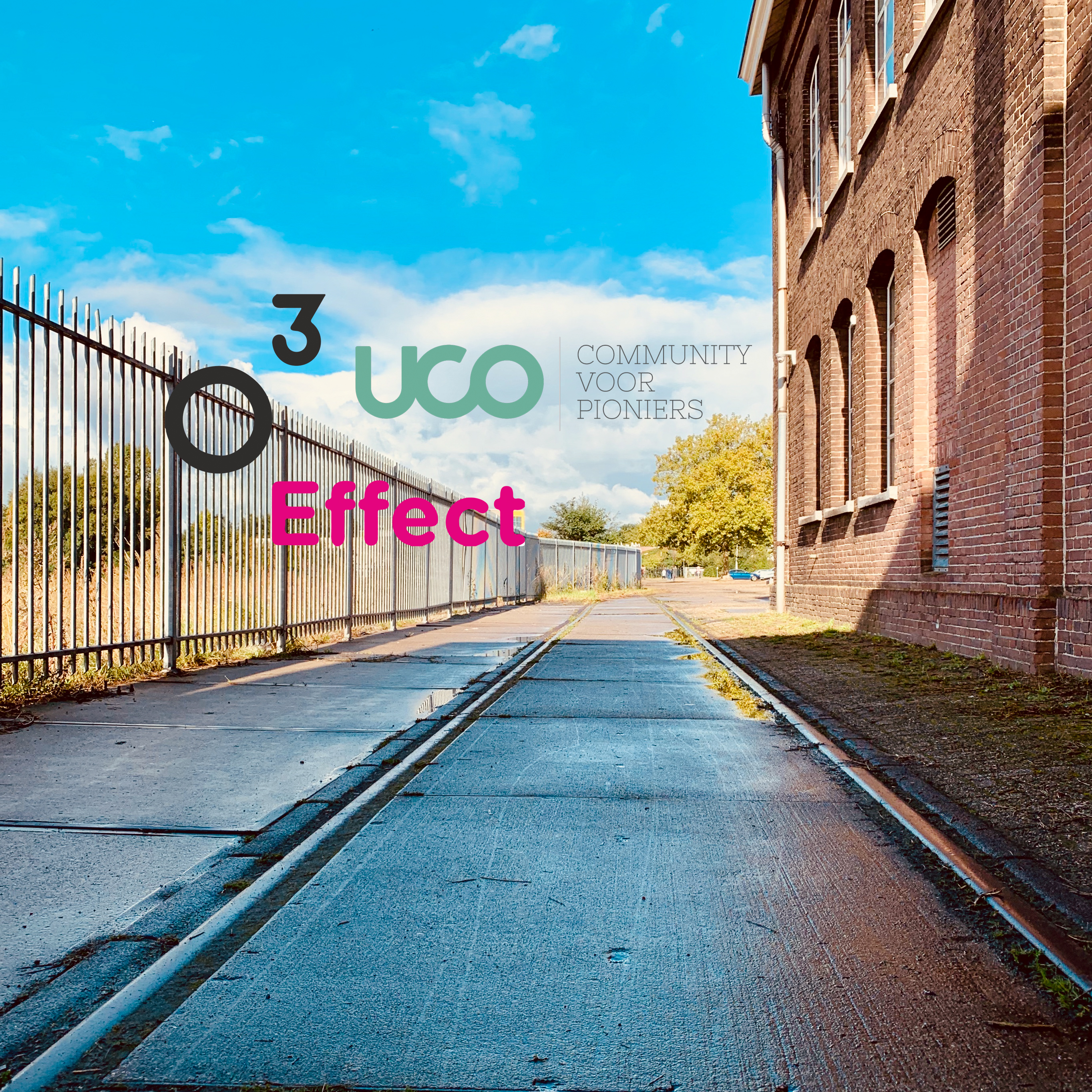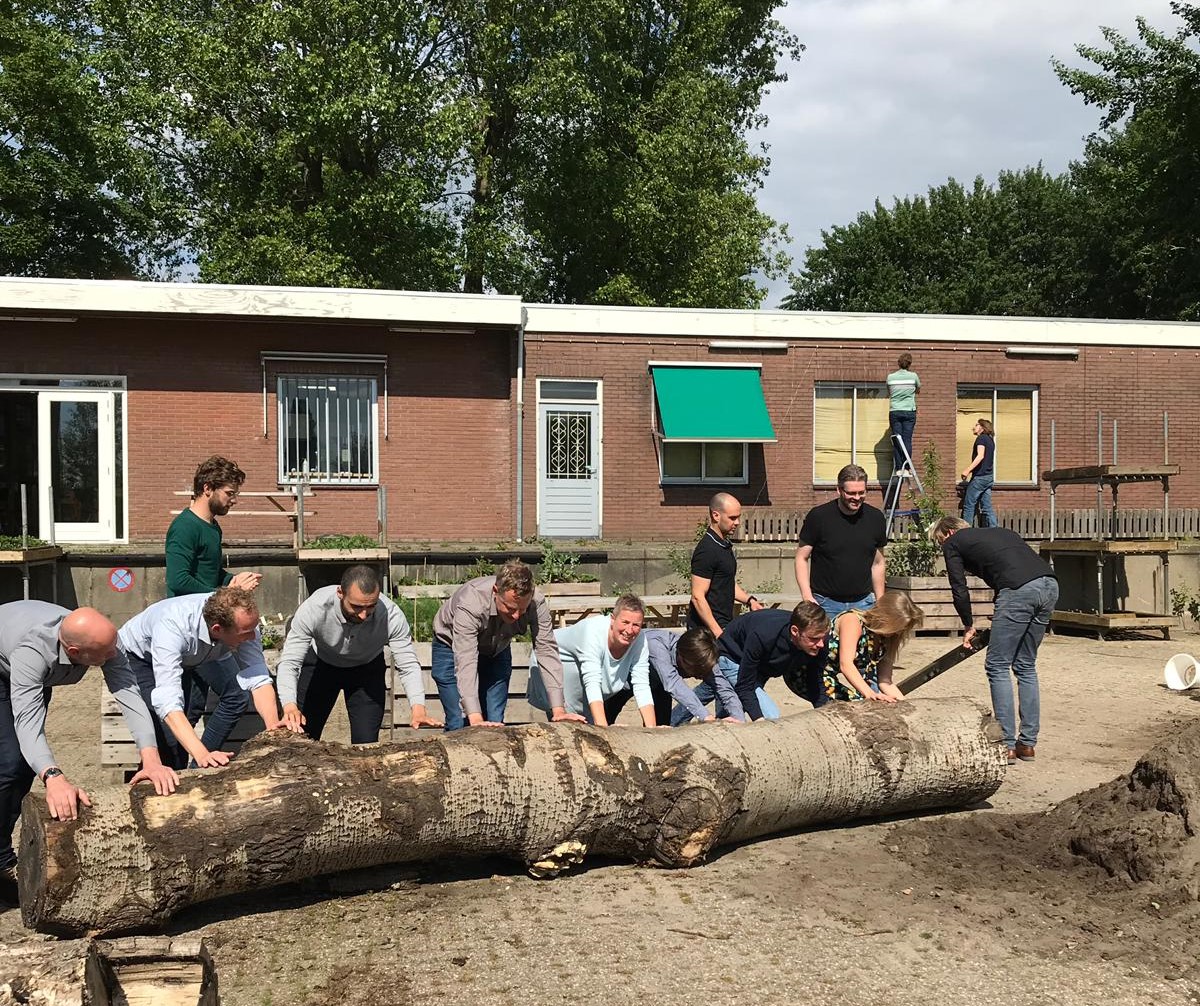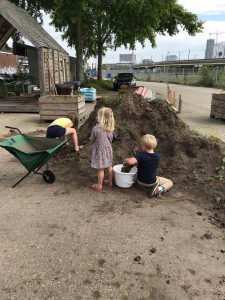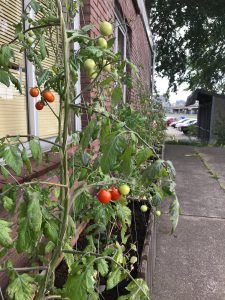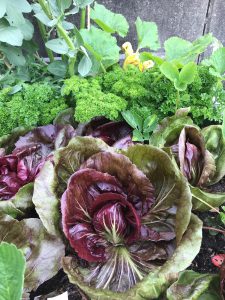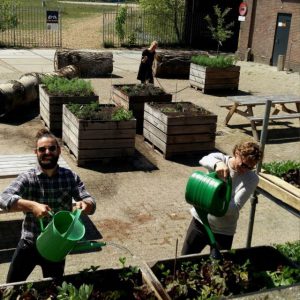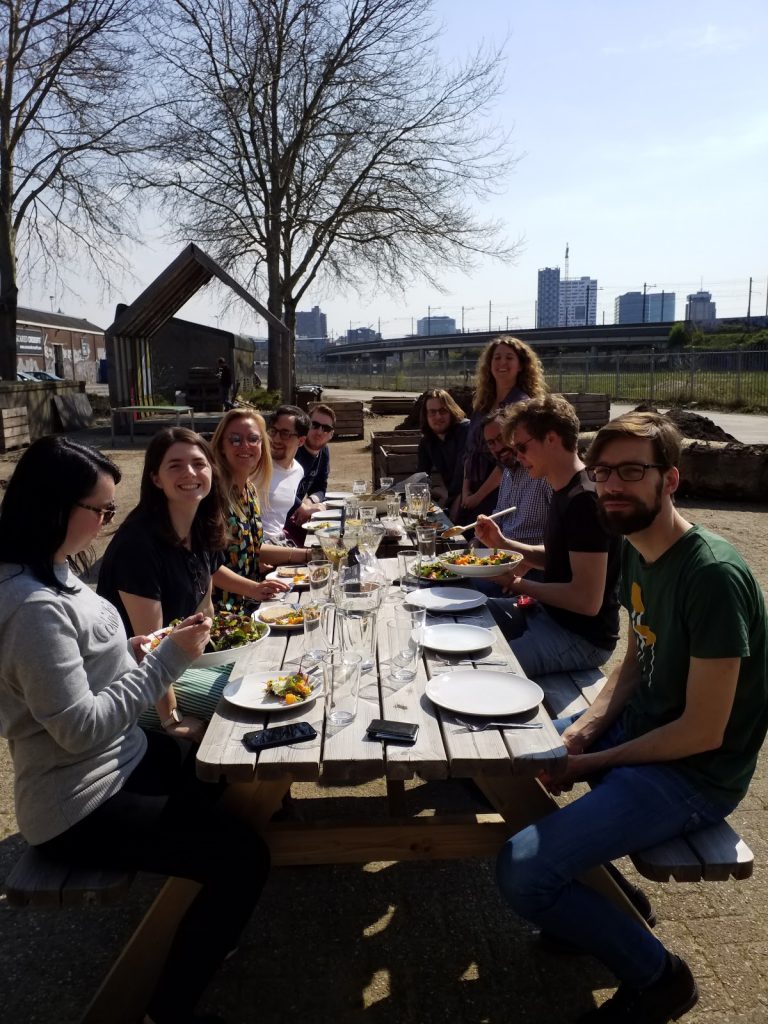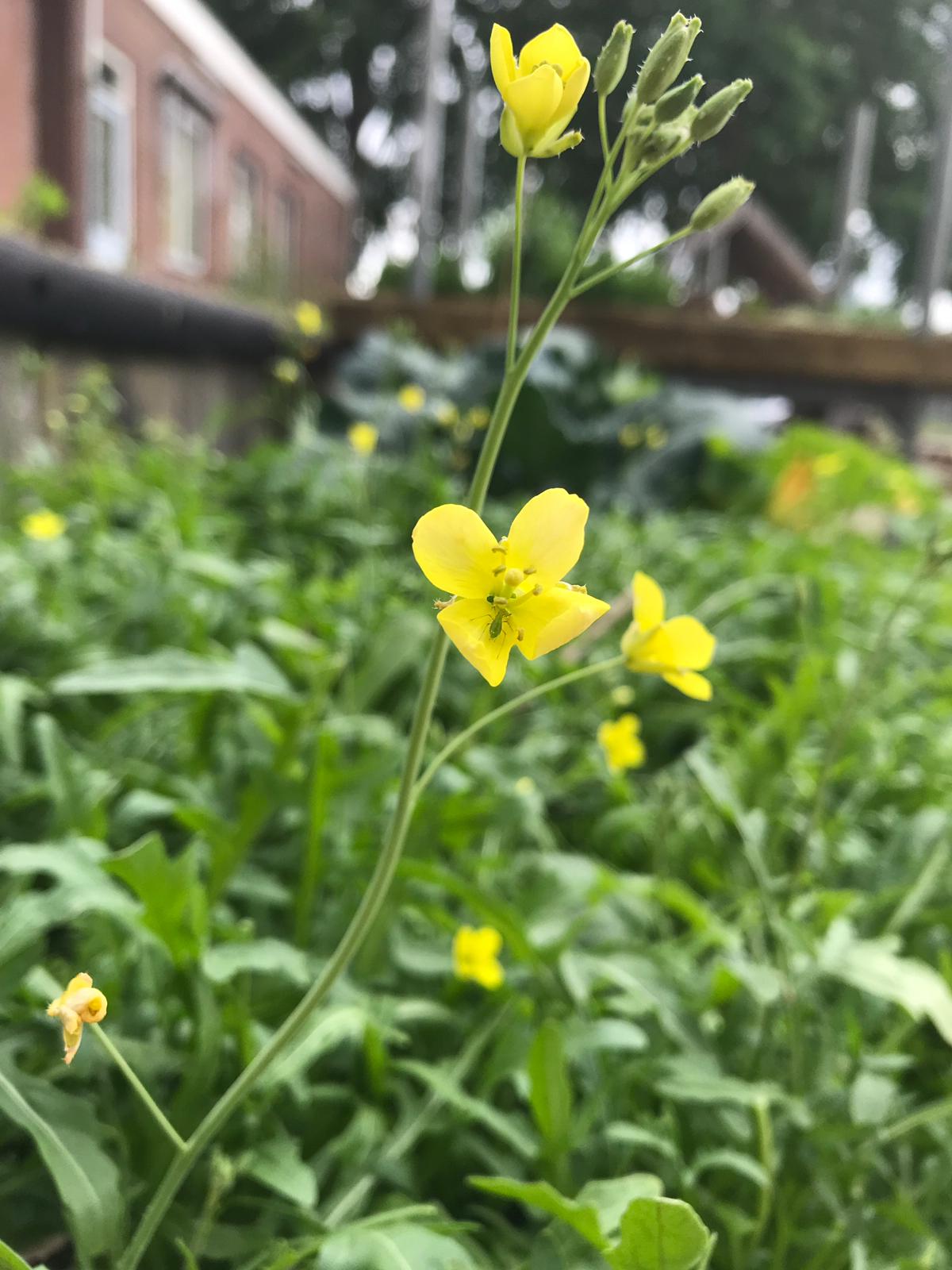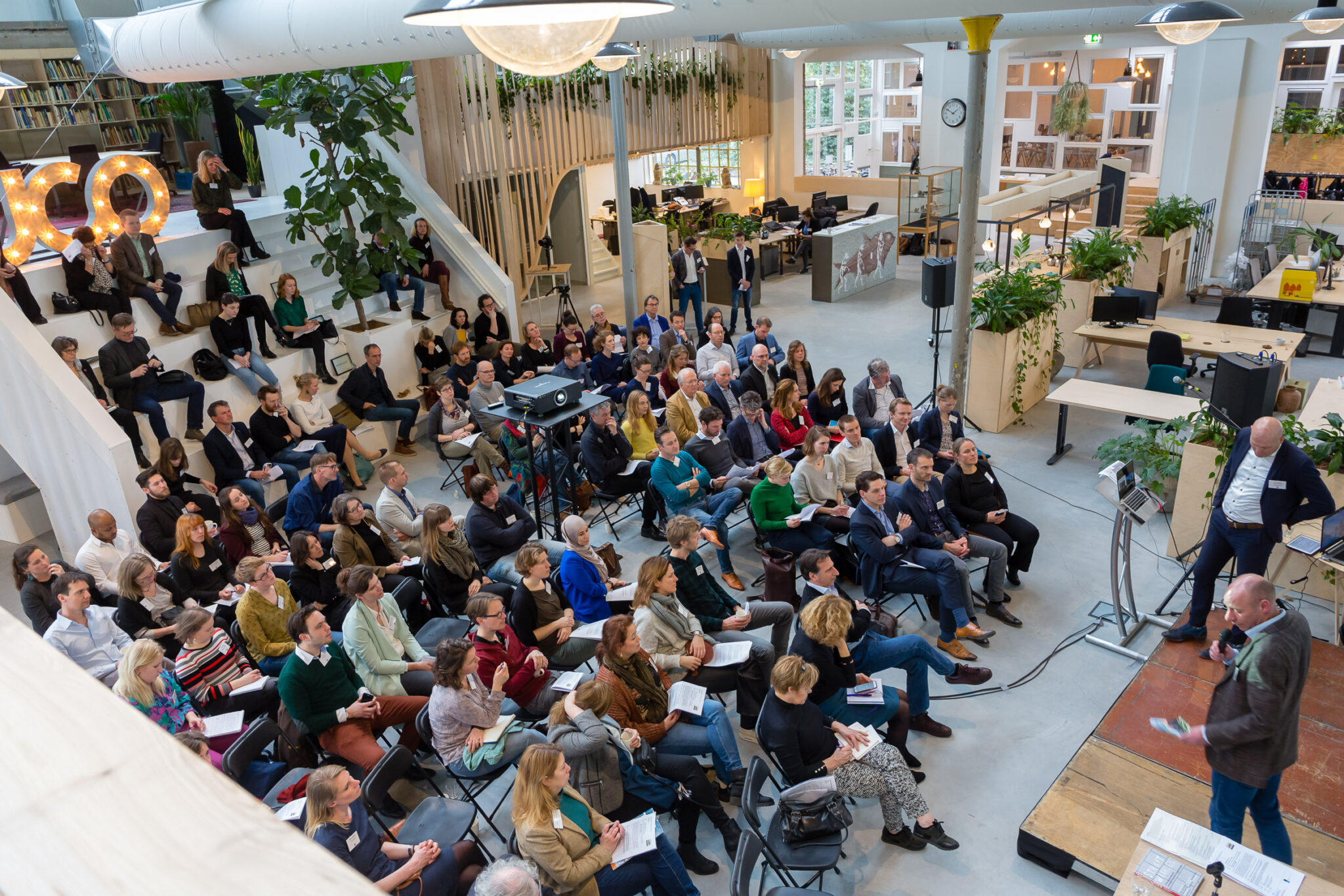
C2C Platform is looking for a C2C Project Manager to strengthen its team in Utrecht, the Netherlands.
Read the full vacancy on www.c2cplatform.eu/careers. You can apply for this position by sending your CV and motivation letter to talent@c2cplatform.eu.
C2C Platform is an accredited assessment body that guides organizations towards Cradle to Cradle Certified® product certification. The Platform is an initiative of Sustenuto, an advisory firm that develops sustainability at the core of organizations.
As a C2C expert of C2C Platform, you will be the key point of contact for clients seeking C2C Certified certification for their product. In this role, you will combine two very different competencies:
- A technical interest with a high attention to detail
- Strong people skills
You will reassure our customers that they will successfully complete a complex certification path. In addition, you will be a cultural chameleon with empathic listening skills, apt at dealing with diverse cultures, often within the same day.
You will stand out in this role thanks to the right skills, and the opportunity to receive extra coaching and training.
As C2C Project Manager, you will:
- Effectively manage C2C Certified certification programs from start to finish
- Guide our clients towards achieving C2C Certified product certification
- Be able to work independently
- Strive towards continuous improvement of the ways in which we guide clients towards C2C Certified certification
- Cooperate with team members to ensure that we combine and accelerate our learning curves
- Be motivated to make the world a better place, one successful C2C Certified product at a time
- Be based in the Netherlands
This role requires:
- A relevant educational background
- A keen interest in the Cradle to Cradle vision
- An affinity with project management
- Preferably, experience in successfully leading customer projects
- Attention to detail: This is a source of energy for you
- Customer centricity: Placing the customer center stage comes natural to you
- Emphatic listening skills
- Being able to work in a multi-cultural setting
- Willingness to do site visits at our clients’ manufacturing facilities, wherever that may be (Covid-19 allowing). Expected travel time will be limited (less than 5%)
- Native Dutch speaker and fluency in English, both spoken and written. Professional proficiency in German or additional languages are an asset.
What we can offer you:
- A small and dynamic team with a start-up mentality and a can-do attitude
- Flexibility on the job, including the possibility of remote working
- A competitive salary package
- An environment where there is room for learning and continuous improvement
- A pleasant office environment at UCo, the community for sustainability pioneers in Utrecht
- A team of 16 enthusiastic and experienced colleagues at C2C Platform and Sustenuto who are eager to share and learn from one another
- A full-time role, but part-time can be considered
About C2C Platform
C2C Platform is an experienced Cradle to Cradle Certified® assessment body. We have been accredited by the Cradle to Cradle Products Innovation Institute to guide clients towards C2C Certified product certification. We are based in Brussels, Belgium, and Utrecht, the Netherlands, and service a client base that is increasingly global and diverse in nature.
As a Certified B Corp®, C2C Platform wants to create an environment where all talents can flourish, irrespective of gender, age, cultural heritage, nationality, or disability.

